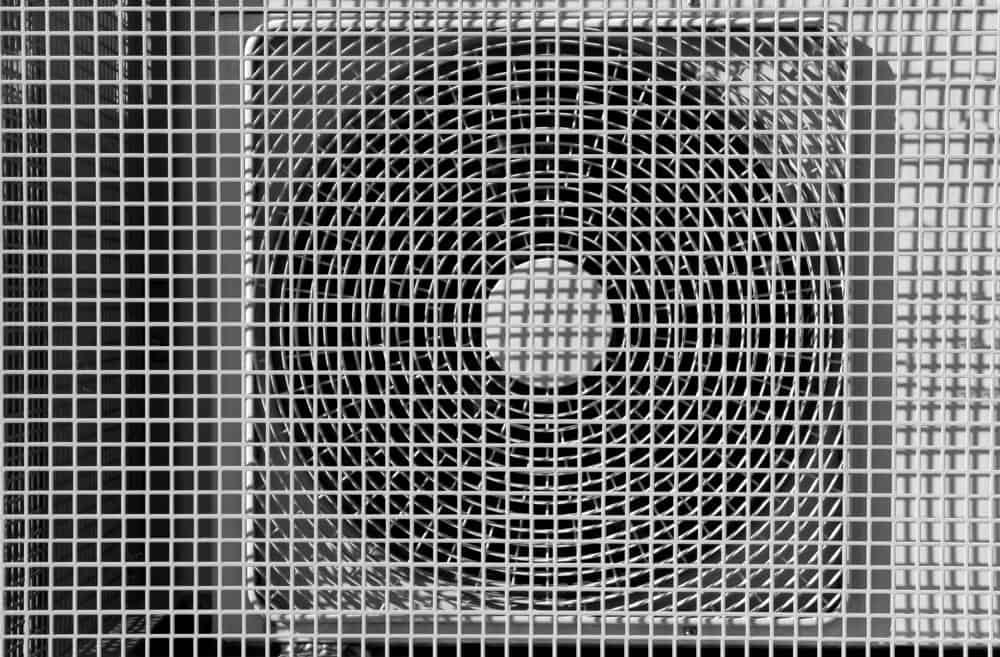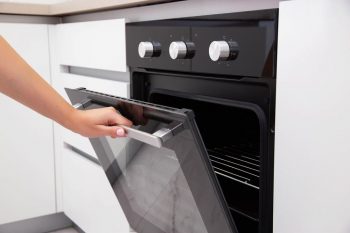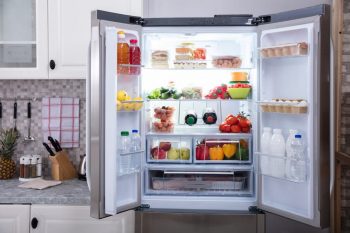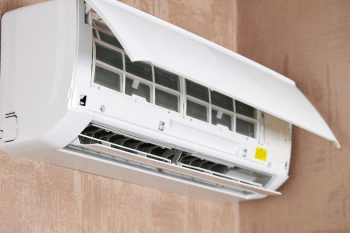
Air conditioning has become a staple in many homes, providing a comfortable indoor environment even in extreme weather conditions. However, the temperature settings on an air conditioning unit can sometimes be confusing. In this article, we will delve into what the temperature on an AC means and how it impacts energy efficiency, comfort, and the lifespan of the unit.
The temperature on an AC refers to the desired temperature you want your AC unit to maintain in your home or office. When you set a specific temperature on your AC unit, it uses a thermostat to monitor the room’s temperature and adjusts its cooling function to achieve and maintain the set temperature. This temperature setting does not represent the current room temperature or the outside temperature. The effectiveness of this temperature control can be influenced by factors such as thermostat settings, the unit’s SEER rating, proper sizing and installation, and regular maintenance.
Understanding the Temperature on Your AC
The temperature on an AC refers to the desired temperature you want your AC unit to maintain in your home or office. When you set a specific temperature on your AC unit, it uses a thermostat to monitor the room’s temperature. The AC then adjusts its cooling function to achieve and maintain the set temperature. For instance, if you set your AC to 22 degrees Celsius, the air conditioner will work to cool the room until it reaches that temperature. Once the desired temperature is achieved, the AC will stop cooling or reduce its cooling capacity to maintain the set temperature. If the room temperature rises above the set temperature, the AC will resume cooling to bring the temperature back down to the desired level.
It’s important to note that the temperature setting on your AC unit represents the desired temperature, not the current room temperature or the outside temperature.
Factors Affecting AC Temperature Control
The effectiveness of an AC’s temperature control can be influenced by several factors such as thermostat settings, the Seasonal Energy Efficiency Ratio (SEER) rating, proper sizing and installation, and regular maintenance. The location of your thermostat can also impact AC efficiency. If it’s near a heat-producing appliance or in direct sunlight, it can misread the temperature, causing the AC to work harder than necessary.
Impact of AC Temperature on Energy Usage
The temperature setting on an AC unit has a significant impact on energy usage. Lowering the temperature setting on your AC increases its energy consumption, while raising the temperature setting reduces energy usage. To ensure maximum energy efficiency, it’s suggested to set the temperature of your AC between 70 and 80 degrees in the summer, and slightly lower in the winter.
Optimal AC Temperature Setting for Comfort and Energy Efficiency
The optimal temperature setting for an AC to balance comfort and energy efficiency is around 78°F (25.5°C) when you’re at home and awake. When you’re away from home, it’s recommended to set the temperature to around 85°F (29.5°C) to save on energy costs. For sleeping, a slightly higher temperature of 82°F (27.8°C) is suggested.
How to Maintain and Troubleshoot an AC’s Temperature Control
Maintaining and troubleshooting an AC’s temperature control involves several steps. These include regular cleaning, checking thermostat settings, ensuring proper airflow, calibrating the thermostat, and scheduling professional maintenance.
Common Misconceptions About AC Temperature Settings
There are several common misconceptions about AC temperature settings. For instance, some people believe that setting the thermostat to a lower temperature will cool the room or house more quickly. However, this is not true. The AC works equally hard to lower the temperature by one degree as it does to lower it by 20 degrees.
Conclusion
Understanding the temperature on your AC and how to properly control it is essential for maintaining a comfortable indoor environment, extending the lifespan of your unit, and ensuring energy efficiency. By setting the right temperature, regularly maintaining your unit, and avoiding common misconceptions, you can optimize the performance of your AC unit and create a comfortable space for you and your family.
Frequently Asked Questions
What is a thermostat and how does it work?
A thermostat is a device that regulates the temperature of a system so that the system’s temperature is maintained near a desired setpoint. In the case of an air conditioning unit, the thermostat measures the temperature of the room and sends a signal to the AC to either start or stop cooling based on the temperature settings.
What is the Seasonal Energy Efficiency Ratio (SEER)?
The Seasonal Energy Efficiency Ratio (SEER) is a measure of the efficiency of an air conditioning unit. It is calculated by dividing the cooling output during a typical cooling-season by the total electric energy input during the same period. The higher the SEER rating, the more energy efficient the unit is.
How can I ensure that my AC is operating at its maximum efficiency?
There are several ways to ensure your AC is operating at its maximum efficiency. These include regular cleaning and maintenance, ensuring the AC is properly sized for your space, checking the thermostat settings, and making sure the thermostat is not located near heat-producing appliances or in direct sunlight.
Why is it not recommended to set the thermostat to a lower temperature to cool the room more quickly?
Setting the thermostat to a lower temperature will not cool the room more quickly. The AC unit works at the same pace regardless of the temperature difference. Setting a lower temperature will only make the AC unit work longer, not faster, which could lead to increased energy consumption and wear on the unit.
What is the ideal temperature setting for an AC unit when I am not at home?
When you’re not at home, it’s recommended to set the temperature to around 85°F (29.5°C) to save on energy costs. This is because the AC unit won’t have to work as hard to maintain a cooler temperature when no one is there to benefit from it.











